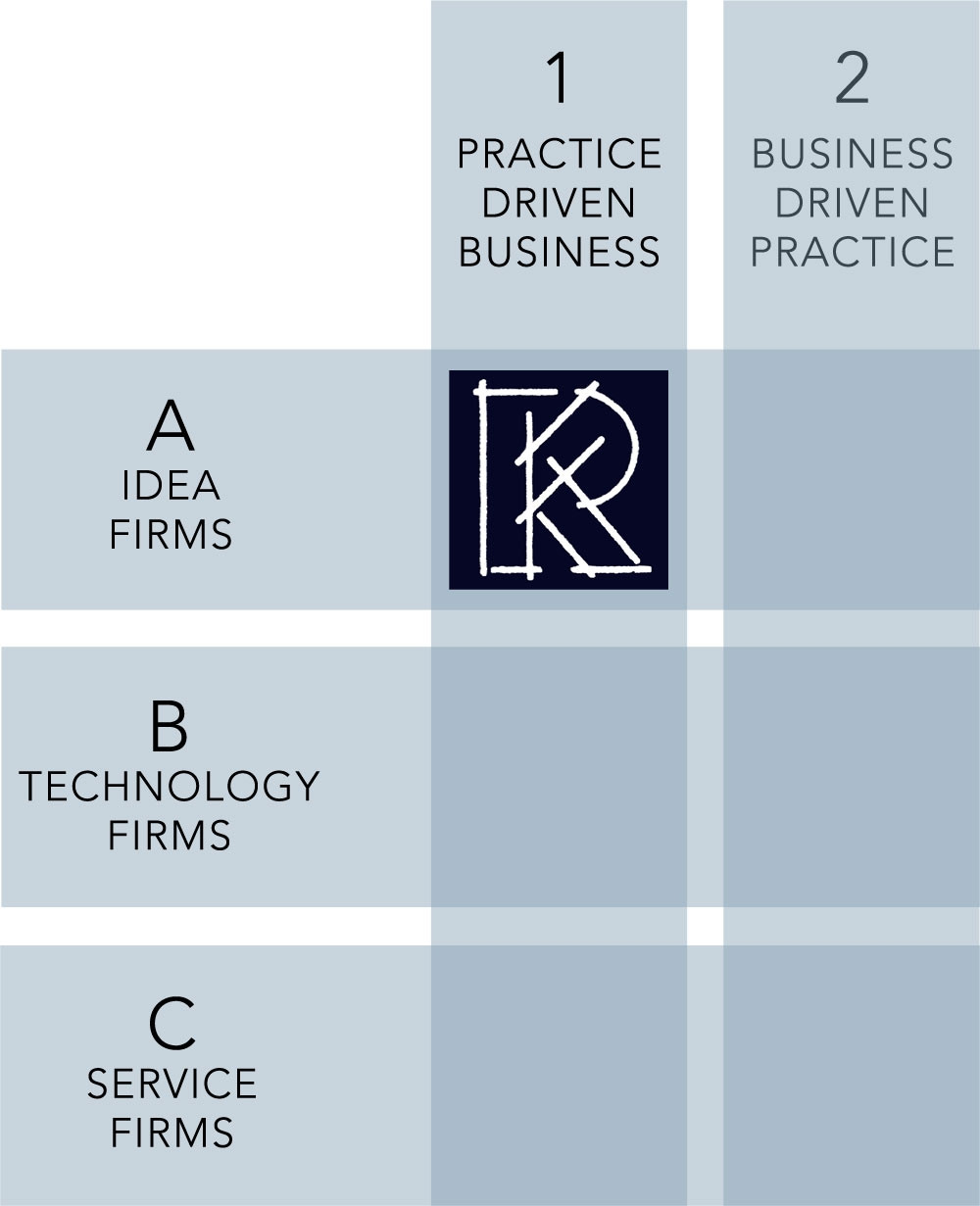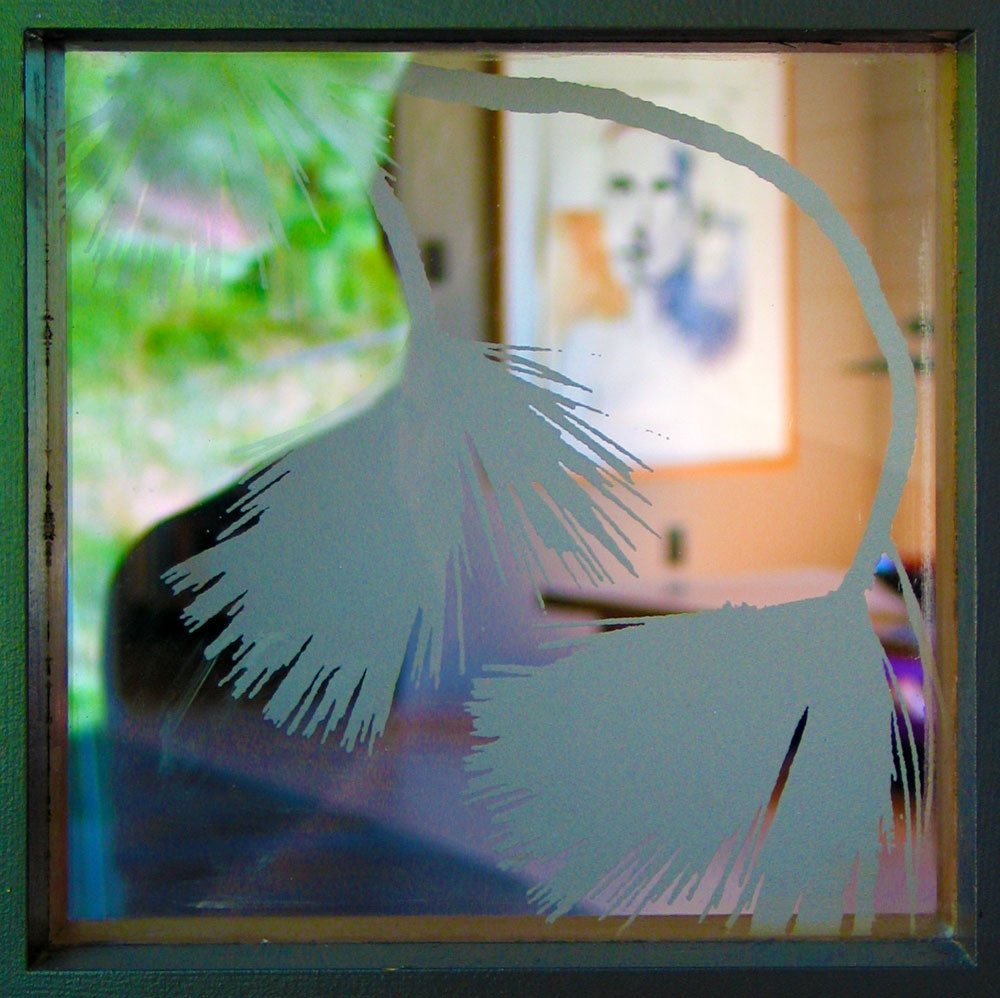Pretty much by definition, embarking on a search for any professional to place your trust in is likely to be a little worrisome. The prospect of selecting and hiring an architect can be something of a challenge, for any number of reasons. On the chance you may be in this situation, or know someone who is, I would like to share some insider knowledge that might help to narrow things down a bit.
"For us, everything stands in service to the underlying ideas and ideals driving the work."
Different architects approach their work in very different ways, and just as certain breeds of pets are a better fit for certain people, most clients have needs that will dovetail better with certain types of firms than others. And it turns out that research conducted by the American Institute of Architects suggests it is actually fairly easy to distinguish between some fundamentally different types of cultures in architectural practice. [1]

The AIA study divides all firms into two groups: Practice driven businesses and business driven practices. You can pretty much identify which camp a firm falls into by learning how the principals spend their time and energy. If the key leadership of the firm is heavily preoccupied with design and design related concerns, they probably land in column 1. If they are primarily preoccupied with bringing in new projects and managing the practice, they most likely belong in column 2. To be clear, any successful architectural firm has to do a good job of both design and business; the distinction has to do with whether the firm exists to design, and manages their business to support that goal, or if it exists to generate revenues and sells design services in service to that objective.
Now, the rows, proceeding from the bottom to the top. Row C: Service firms, which primarily focus on meeting the basic needs of clients; generally, they will look for what the client would view as the most expedient and economical solution to a specific problem. There may be some limited conversations about or aspirations related to broader or longer term design considerations, but the primary emphasis will be getting a work product out the door efficiently. The architecture will tend to be highly conventional and risk averse. Typical clients would include developers, strip shopping centers, franchise businesses, chain motels, etc. Row B: Technology firms, which tend to trade on an expertise within some niche. They specialize in a building type - say, dental clinics, or casinos - and become known for a very narrow but deep level of knowledge within their world. They may be innovators, and their professional interest may expand to consider broader issues such as sustainability or the interests of the community, but they will work methodically and predictably within a well defined area of practice. Typical clients would include government agencies, schools and universities, public medical institutions, etc.

Row A: Idea firms, who are compelled to treat each project as a unique opportunity and challenge. They distinguish themselves by means of rigorous research, theory driven design, and an earnest drive to work hard to foster appropriate innovation and design quality. Typical clients are entrepreneurs, executives, patrons of the arts; projects commonly include corporate office buildings, art museums, residences, and projects with high expectations of architectural character. Although many firms tend to view themselves as practicing from this position, this type of firm is in reality relatively rare, and less than ten percent of the revenues to the profession accrue here. Most firms (and most clients and commissions) are primarily aligned toward the service or technology realms (C2, B2, or B1 in our little spreadsheet example), even if they would be inclined to lunge opportunistically at an opportunity to take on the occasional 'higher design' commission.
This is not to suggest that 'design' firms provide substandard service or technological support, that 'technology' firms are poor designers or service providers, or that 'service' firms are incapable of providing more than they do. Any successful architectural practice has to be highly competent in all these areas. The distinction simply derives from a recognition of what fundamentally drives the culture of the firm - what they most highly value and what they perceive their clients to value. Practically speaking, there is a need for each of these approaches to practice, and it is helpful to understand there are ideal clients and projects for each. The best outcomes will generally result from pairing a given client and project with the best fit for an architectural firm.
Within the context of the matrix laid out here, our studio resides unambiguously at 'A1' - where the 'Practice driven Business' column intersects the 'Idea Firm' row.
This has less to do with a limited interest in particular building types than an understanding of the types of clients who most value our approach to practice. (The building type is surprisingly irrelevant. Our first AIA Design Award, in 1985, was for a project at a county landfill.) Architects thrive - soar - with clients who challenge and empower them to do their best work; to make the very most of the opportunity at hand. Many years of experience have proven that in practice, ideas are rendered irrelevant without parallel levels of excellence in communication, management, and technology. That does not in any way dilute the fact that for us, everything stands in service to the underlying ideas and ideals driving the work.
[1] Keys to Design Excellence, American Institute of Architects 1989
